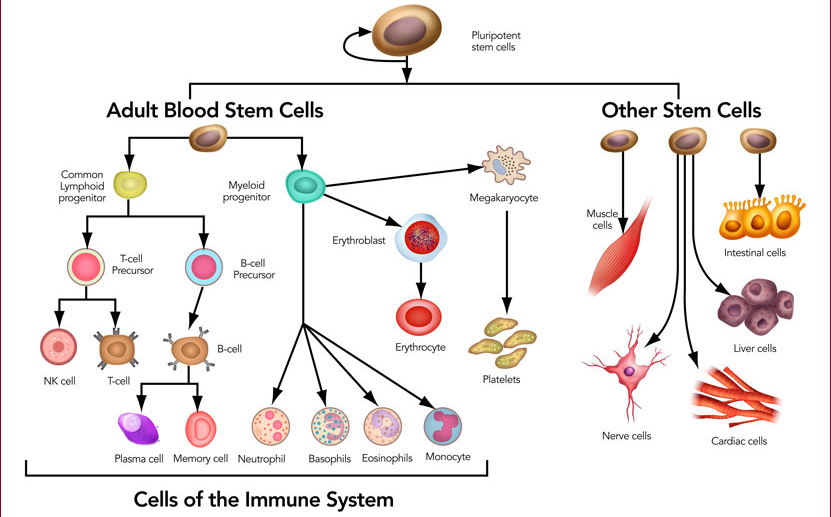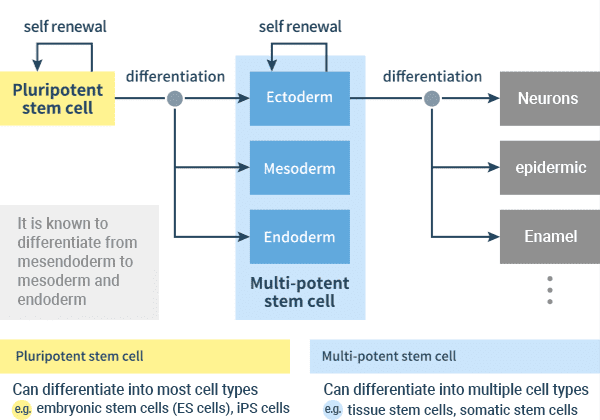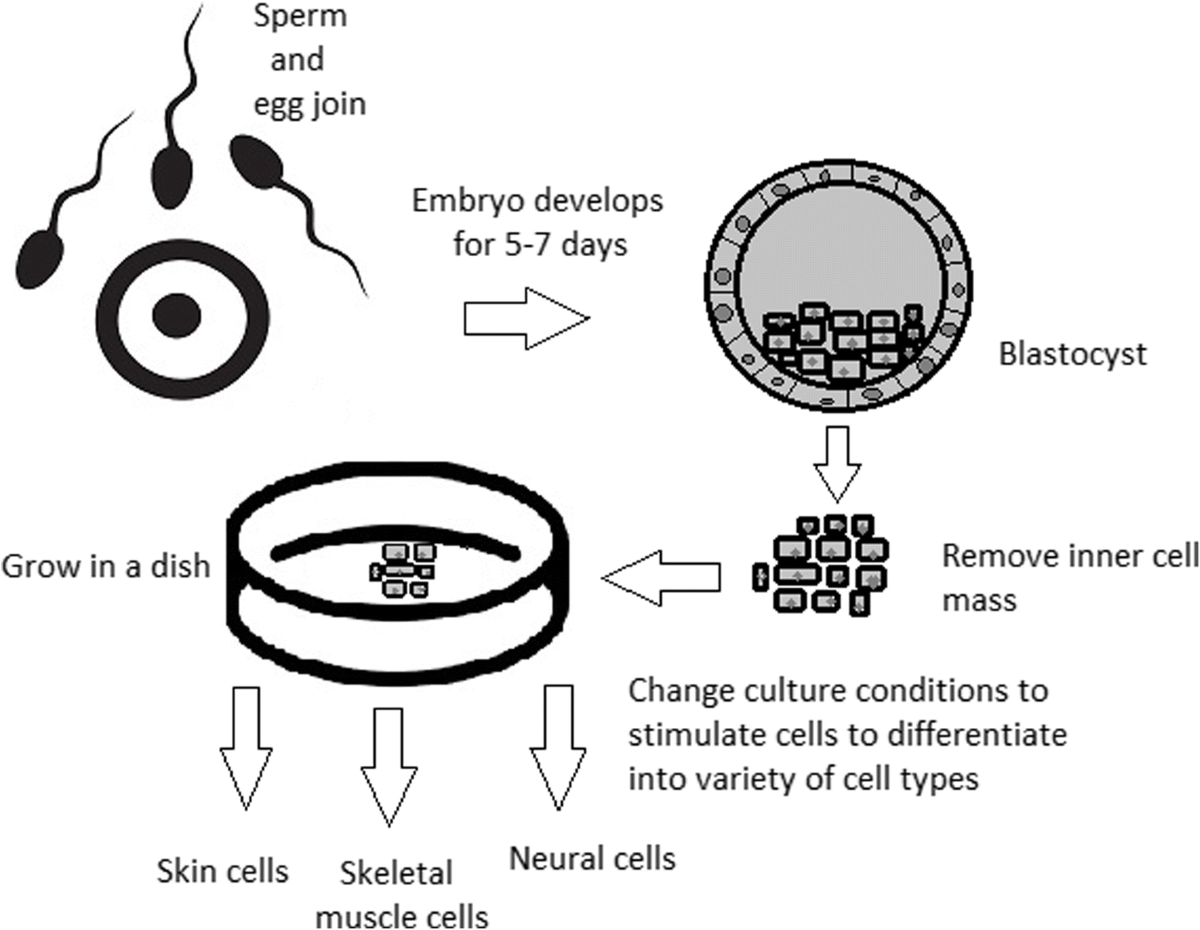Table of Contents

[/image][=video]
[/video]
There are several kinds of stem cells. Generally, the term stem cell refers to a category of cells that give increase to various other cells (like skin, blood, heart, and muscle cells) by reproducing and setting apart in action to chemical cues. Totipotent stem cells appear at the earliest stage of growth and are the only stem cells which can generate beginning stem cells and the placenta.
Bone marrow transplant (BMT) is an unique treatment for people with specific cancers cells or various other diseases. A bone marrow transplant entails taking cells that are typically located in the bone marrow (stem cells), filtering those cells, and providing back either to the contributor (patient) or to an additional person. The objective of BMT is to transfuse healthy and balanced bone marrow cells right into a person after his or her very own unhealthy bone marrow has actually been dealt with to eliminate the uncommon cells.
Bone marrow is the soft, mushy cells located inside bones. It is where the majority of the body's blood cells establish and are saved. The blood cells that make other blood cells are called stem cells. The most primitive of the stem cells is called the pluripotent stem cell. This is different than various other blood cells when it come to the adhering to properties: It has the ability to duplicate an additional cell the same to itself.
It is the stem cells that are required in bone marrow transplant. The objective of a bone marrow transplant is to treat many illness and sorts of cancer cells. When the dosages of radiation treatment or radiation needed to treat a cancer are so high that an individual's bone marrow stem cells will certainly be completely harmed or destroyed by the treatment, a bone marrow transplant might be required.
Stem Cell Therapy local to Lansing
This process is often called rescue. Replace bone marrow with genetically healthy and balanced working bone marrow to avoid more damage from a genetic disease process (such as Hurler's syndrome and adrenoleukodystrophy). The dangers and benefits have to be considered in a detailed conversation with your doctor and experts in bone marrow transplants prior to the treatment.
There are different sorts of bone marrow transplants relying on that the contributor is. The various kinds of BMT consist of the following: The contributor is the person himself or herself. Stem cells are taken from the client either by bone marrow harvest or apheresis (a process of collecting peripheral blood stem cells), icy, and then returned to the person after extensive treatment.
The benefactor shares the very same hereditary kind as the patient. Stem cells are taken either by bone marrow harvest or apheresis from a genetically matched benefactor, typically a bro or sibling. Other donors for allogeneic bone marrow transplants might include the following: A haploid-identical match is when the benefactor is a parent and the genetic suit is at the very least half similar to the recipient.

Matching involves keying human leukocyte antigen (HLA) tissue. The antigens on the surface area of these special white blood cells figure out the hereditary make-up of a person's immune system. There go to the very least 100 HLA antigens; nevertheless, it is believed that there are a couple of major antigens that determine whether a benefactor and recipient match.
Medical study is still examining the duty all antigens play in the process of a bone marrow transplant. The even more antigens that match, the much better the engraftment of given away marrow. Engraftment of the stem cells occurs when the donated cells make their way to the marrow and start making brand-new blood cells.
Hormone Therapy around Lansing, Michigan
All people work together to provide the best opportunity for an effective transplant. The team consists of the following: Healthcare companies who specialize in oncology, hematology, immunology, and bone marrow transplant.
Experts that will help you fulfill your nutritional requirements before and after the transplant. They will function carefully with you and your family. Professionals who will certainly assist you become solid and independent with activity and endurance after the hair transplant. Pastors who offer spiritual care and assistance. Numerous various other group participants will certainly review you prior to hair transplant and will certainly offer follow-up treatment as needed.

A full clinical history and physical test are performed, consisting of numerous tests to review the client's blood and organ functions (as an example, heart, kidney, liver, and lungs). A client will certainly usually enter the transplant center as much as 10 days prior to transplant for hydration, evaluation, positioning of the central venous line, and various other preparations.
For an allogeneic transplant, an ideal (tissue typed and matched) benefactor has to be readily available. Voluntary marrow donors are registered in numerous nationwide and global computer registries.
Benefactor resources offered consist of: self, sibling, parent or relative, nonrelated individual, or umbilical cable from a relevant or nonrelated individual. There are national and global windows registries for nonrelated individuals and cord blood. Some relative might be entered because of the wish to assist. These loved ones may or may not choose to have their type signed up for use with other recipients.
Perimenopause Treatment around Lansing
Tests connected to his/her health and wellness, exposure to infections, and genetic analysis will be done to establish the extent of the match. The donor will certainly be provided directions on just how a bone marrow donation will certainly be made. When a match for a patient requiring a bone marrow transplant is found, then stem cells will be collected either by a bone marrow harvest.
Or by a peripheral blood stem cell collection. This is where stem cells are collected from the distributing cells in the blood.
Navigation
Latest Posts
Menopause Therapy local to Lansing, Michigan
Menopause Treatment
Medical Group around Lansing, Michigan